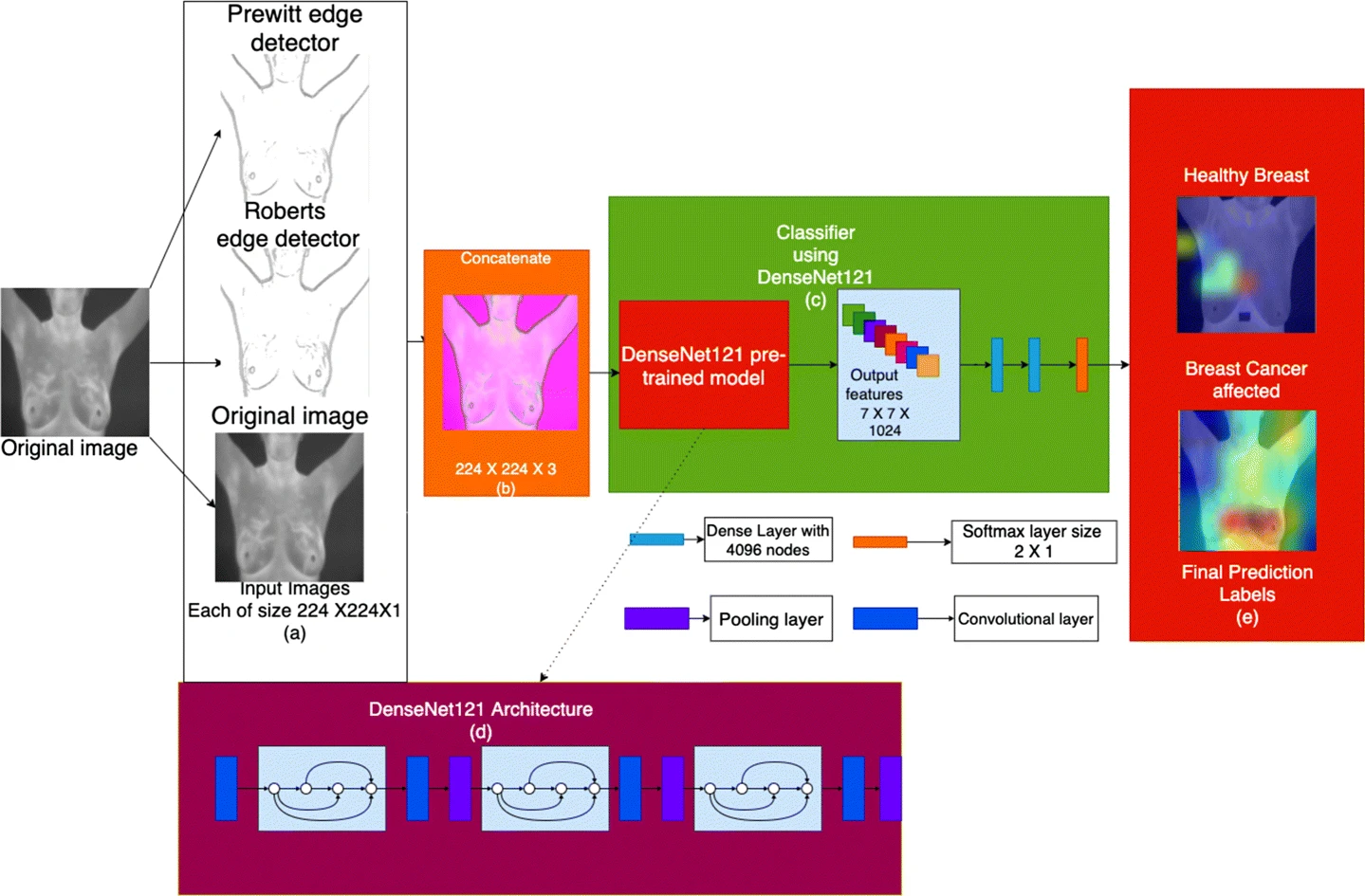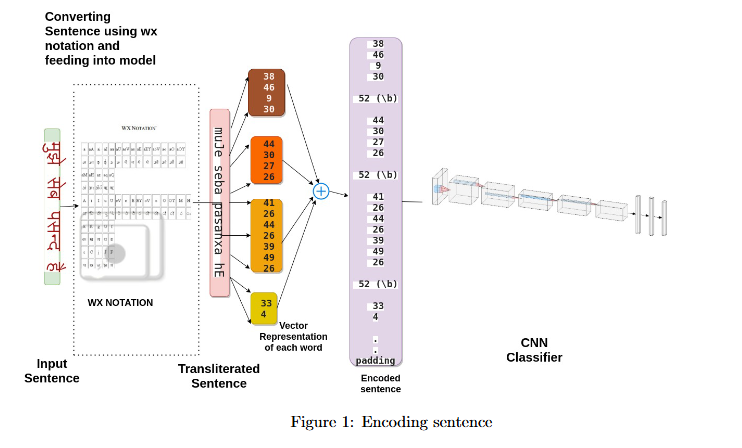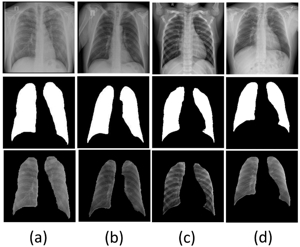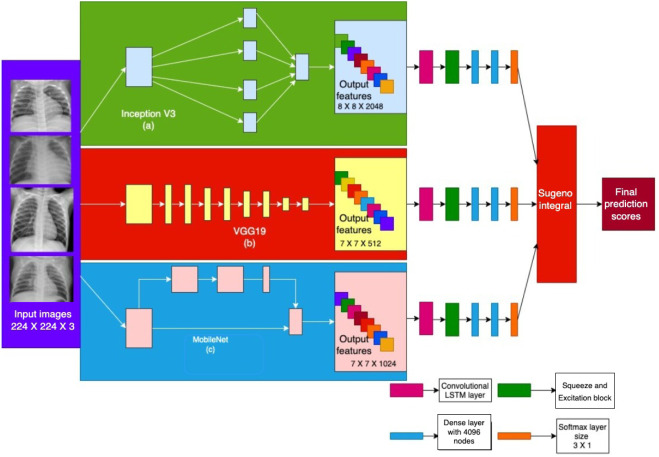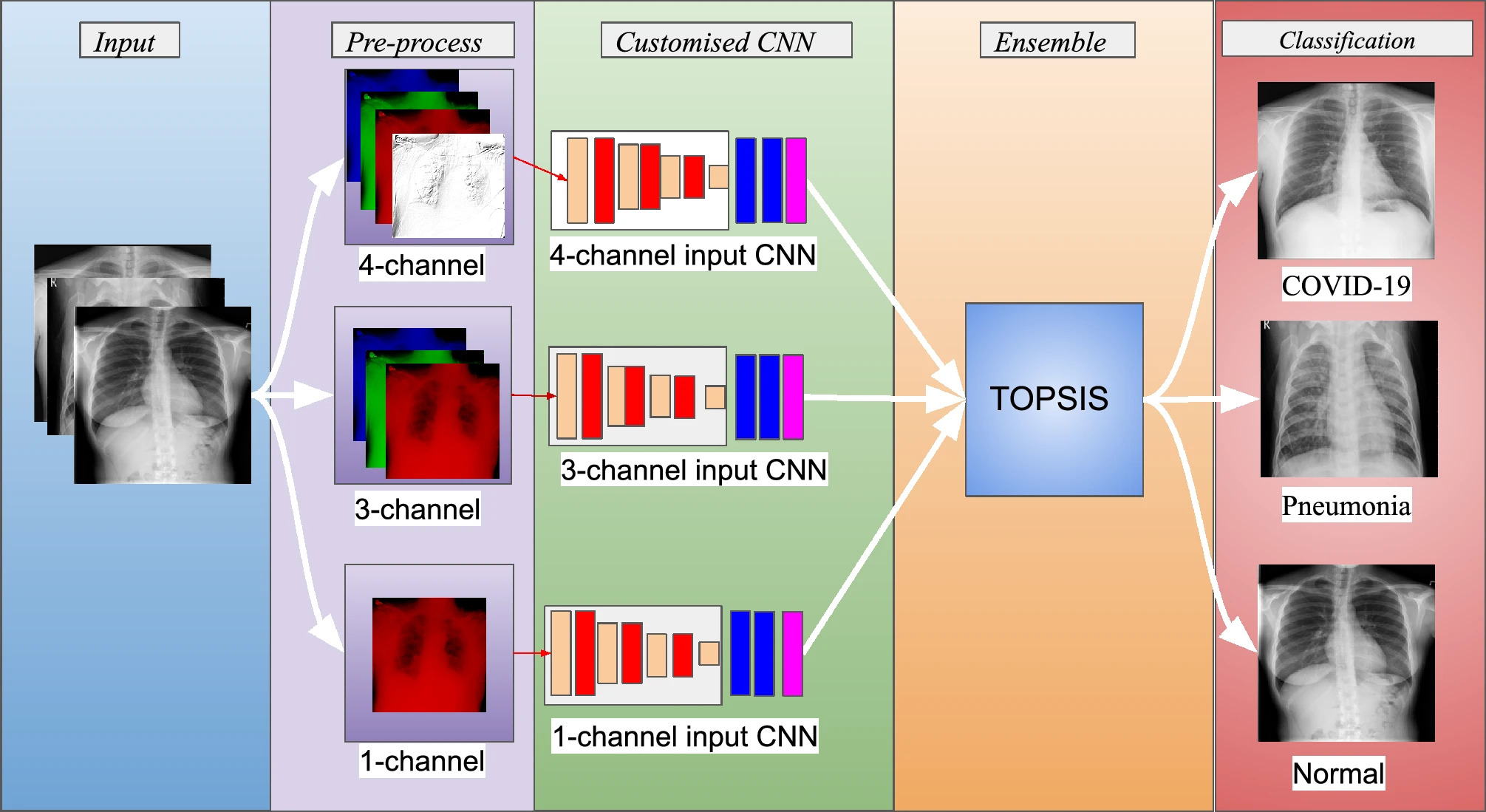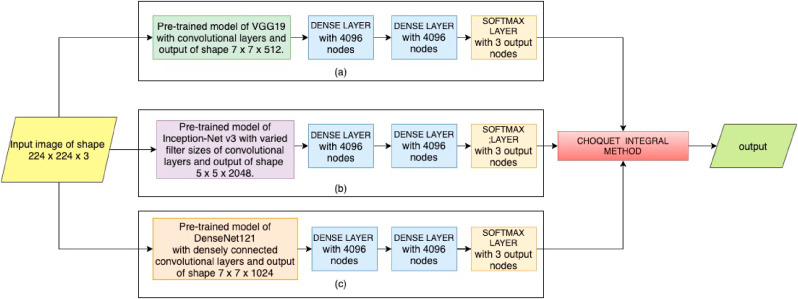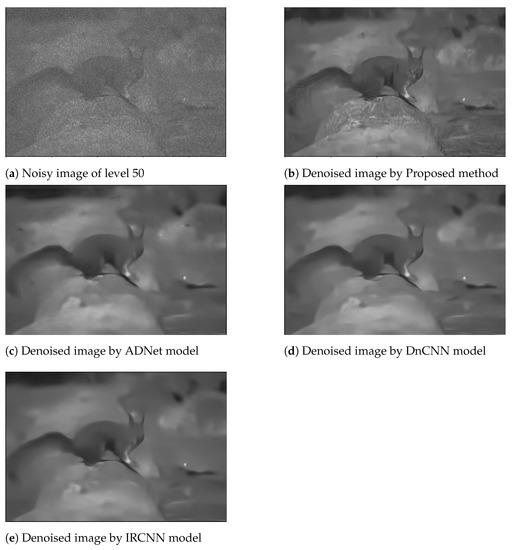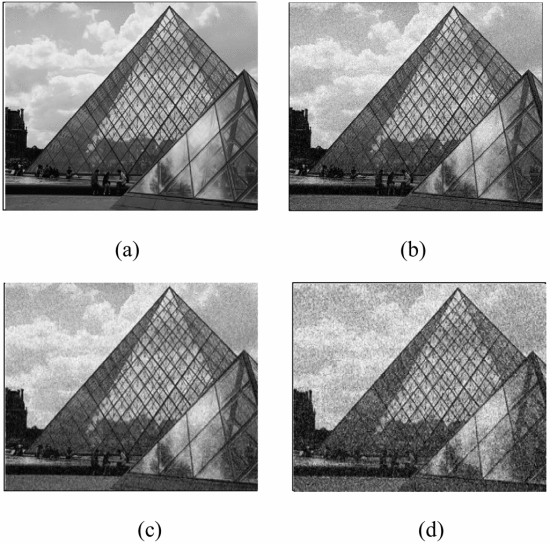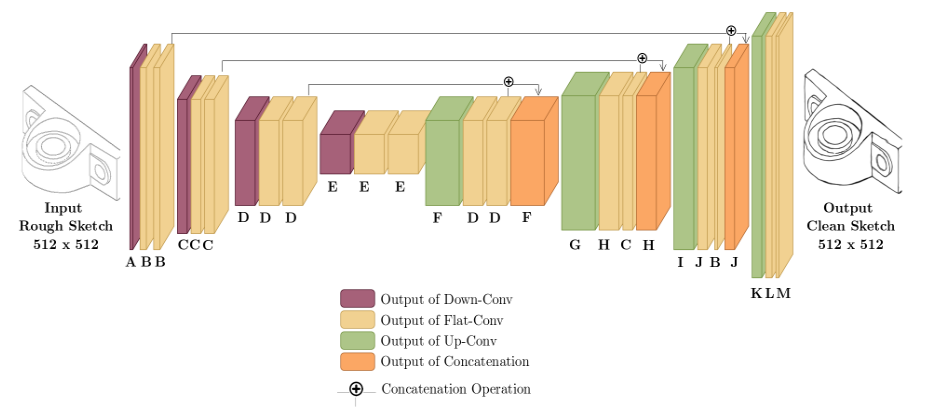Subhrajit Dey
hover over me @ nyu.edu
New York University
Biography
I am a Master’s student in Computer Science at New York University Tandon School of Engineering, specializing in Neuroinformatics. I am currently working as a Research Assistant under Prof. Erdem Varol in the NYU Neuroinformatics Lab, focusing on multimodal neural data translation models. My research interests include building foundational models in computational neuroscience and exploring representational alignment between the brain and large world models. I have also served as a Course Assistant at NYU Stern for Consulting Capstone, Corporate Finance, and Foundations of Corporate Finance during Summer 2025, where in addition to my TA responsibilities I have also developed a CRE loan-financing workflow using multi-LLM-based agents under Prof. Anthony Marciano’s guidance.
Prior to my graduate studies, I worked as a Computer Vision Engineer at Bigvision.ai where I developed state-of-the-art computer vision end to end solutions for retail and e-commerce applications. I graduated from Jadavpur University with a Bachelor's degree (with Honours) in Electrical Engineering and also publsihed papers related to medical imaging and computer vision.
Research
I am interetsted in working on foundatioanl models for neural data mainly focusing on the multimodality aspect of it. I am also interested in representational alignemnt between human brain and large world models. Before I have worked on Computer Vision, Machine Learning, Large Language Models (LLMs), Neuroinformatics, and Medical Image Analysis. Some recent representative papers can be found below. Other publications can be found on my Google Scholar profile.
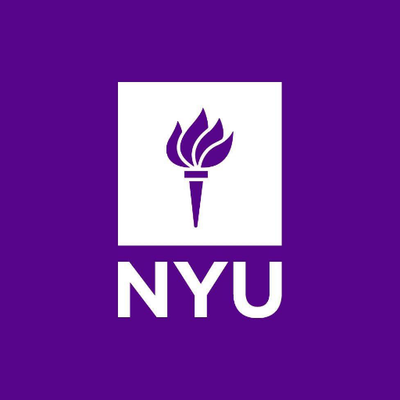
|
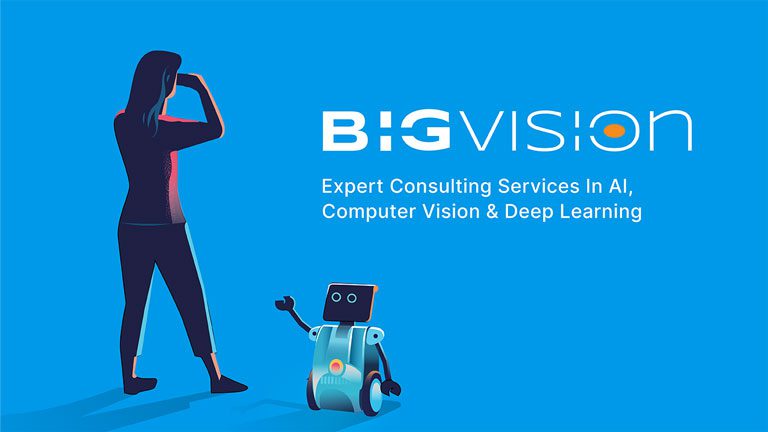
|
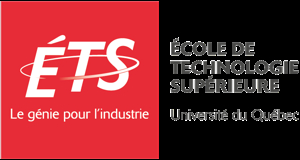
|
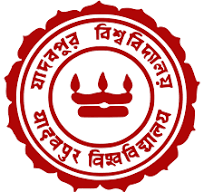
|
|
MS Computer Science
NYU Tandon 2024 - Present |
Computer Vision Engineer
Bigvision.ai 2022 - 2024 |
Mitacs Research Intern
ÉTS Montreal Summer 2021 |
B.E. Electrical Engg.
Jadavpur University 2018 - 2022 |
